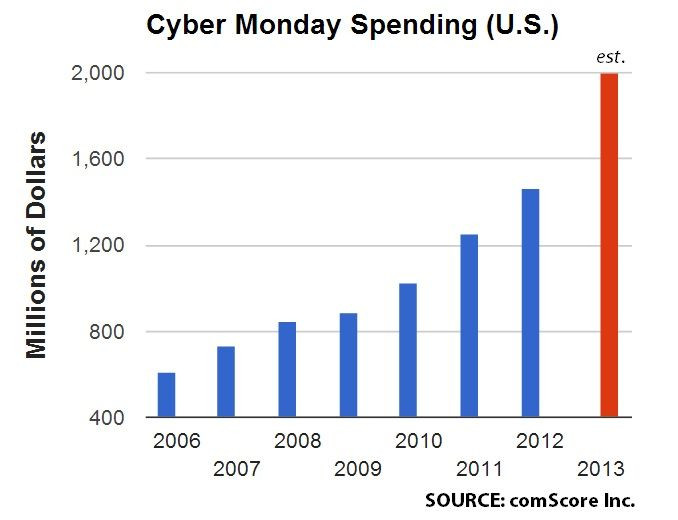Online Shoppers Prefer PCs Over Mobile Devices When Making Internet Purchases: Survey


It’s been just eight years since the advent of Cyber Monday, an annual sales event created by the U.S. retail industry aimed at promoting e-commerce, and spending on that day has crept up to about $2 billion in U.S. online sales.
But according to a survey of more than 15,000 online shoppers in the U.S. and 14 other major global markets, a majority of those purchases are taking place via desktop computers or laptops as consumers still view them as more secure than mobile devices.
“The implications of these findings are profound for the growing mobile commerce ecosystem, as when it comes to digital commerce, consumers clearly still feel more comfortable with their PC and laptop,” says Angel Dobardziev, principal analyst at London-based consultancy firm Ovum. “This shows that operator strategies that factor in rapid adoption of mobile commerce services need a reality check. Furthermore, the industry must design services that build on users’ comfort with e-commerce over the PC and extend it to the m-commerce domain.”
The survey found that only one in five consumers are using smartphones like the Samsung Galaxy and even fewer (14 percent) are using tablets such as the Apple iPad to make online transactions. About 96 percent of respondents said they were concerned either about identity theft or that their personal information would be misused in other ways.
While it’s not clear what specific distinctions online shoppers are making between mobile devices and laptops and desktops, clearly e-shoppers are more comfortable using their larger computing devices that tend to be used at home to make online purchases.
The Ovum survey find some geographic variation in online shopping habits, with the Asia Pacific region taking the lead in adopting mobile money transfers and (unsurprisingly) younger consumers, those aged between 16 and 34, trusting mobile technology the most.
One thing is certain, the survey strongly suggest that mobile e-commerce will eventually overtake the habit of online shopping through clunky computers as consumers in the Americas and Europe catch up with Asians and as younger, more trusting, buyers become mainstream consumers.
Online shopping is also taking off. According to comScore Inc. (NASDAQ:SCOR), which surveys online activity, U.S. e-shoppers could plunk down $2 billion by the time Cyber Monday is over. If that figure is reached, it would be a 36 percent jump from last year’s 1.47 billion and a 228 percent leap from 2006, when Cyber Monday first started being tracked by the U.S. retail industry.
The National Retail Federation reported Monday that the number of U.S. consumers who participated in Thanksgiving weekend holiday spending (Thursday through Sunday) rose to 141 million from 139 million last year, but they spent 2.9 percent less, to $57.4 billion. The average sum spent was $407.02, down from $423.55 last year.
© Copyright IBTimes 2024. All rights reserved.





















